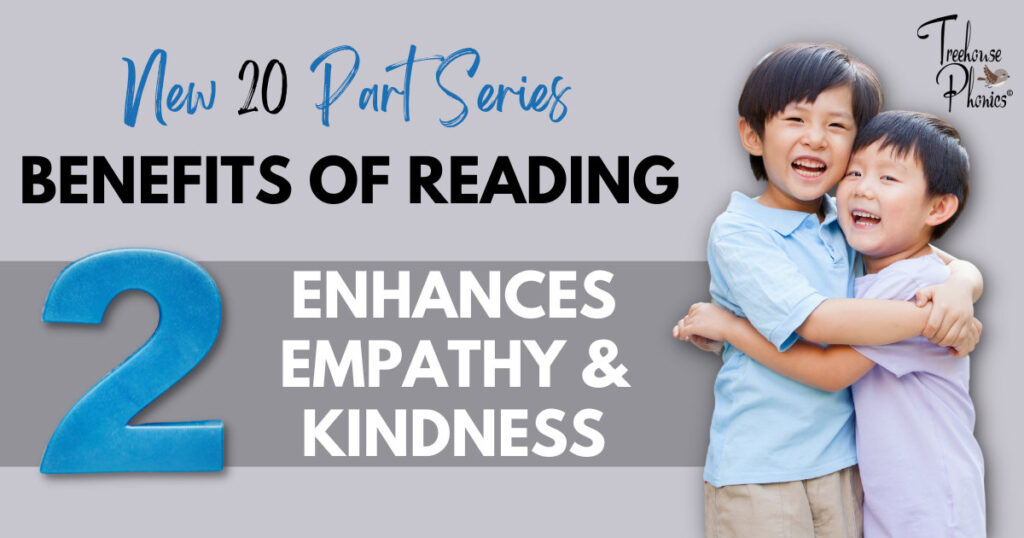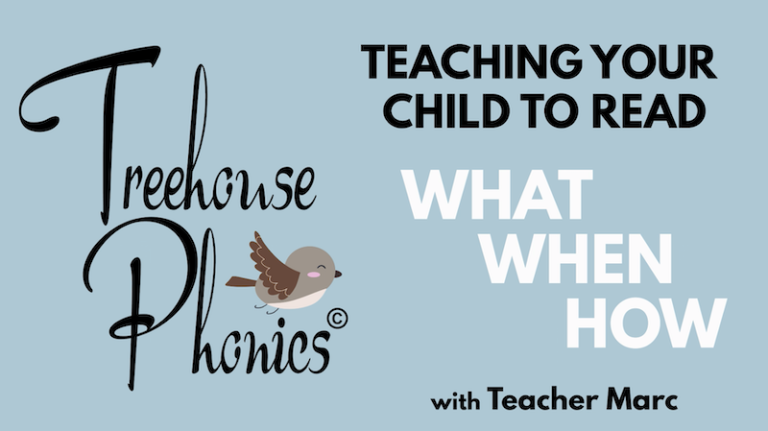Empathy is walking a mile in another’s shoes. We can supercharge this virtuous quality in our own children when they see it displayed in action on the printed page.

Books can provide simple yet powerful lessons that teach our children empathy and kindness. We can choose books that are specifically designed to highlight acts of kindness and empathy and read them to our children or better still, we can help them become solid, independent readers and give them the opportunity to think and meditate on the stories that motivate them to display kindness to others.
This is not to say that children are born cold-hearted; an empty vessels lacking fellow feeling for others. It’s not like if we fail to implicitly teach them how to be empathetic, they will grow up to be selfish me-first monsters. Even infants are seen, time and again, visibly moved when they see mom or dad experiencing some form of emotional anguish or anxiety. A child does not need to know the concept of a missed mortgage payment or adult conflicts to see that mama is more than a little stressed today. As children get older, they may even vocalize their concerns or offer that all-powerful therapeutic hug that seems to momentarily melt away the stresses of everyday life. With that said, do we have to wait to feel particularly miserable to see whether our child is in tune to the feelings of others? No.
The sooner our children learn to show fellow feeling, the kind that motivates them to help others, the sooner they will cultivate meaningful friendships and be the kind of human being this world so desperately needs. We all hope that our children will grow up to make a healthy and lasting contribution to society and empathy is a must. You might have noticed that I have never once mentioned sympathy. We don’t want to confuse the two. I believe one to be superior to the other and the terms are not as interchangeable as they are often made out to be.
Empathy vs Sympathy

The following is an excerpt from an amazing article I found on www.psychmc.com
The difference between empathy and sympathy is found in how we relate to the other person. Empathy is shown in how much compassion and understanding we can give to another. Sympathy is more of a feeling of pity for another. Empathy is our ability to understand how someone feels while sympathy is our relief in not having the same problems.
When we relate with empathy, we give the other person space to own their emotions and feelings. We reflect on what they are feeling and provide a safe space for all emotions, even negative ones. When we relate with sympathy, we move into problem-solving mode. We have ideas and judgments about how the person feels and what they should do. This not only minimizes the person’s problems, but it ignores their feelings.
If this topic interests you further, click here to read the rest.
Are we asking too much?

We are asking children to walk a mile in someone else’s shoes. Think about it. Empathy weighs heavily on our life experiences. One can often empathize with another person who has experienced a similar trial or discomfort. Children are simply not old enough to have navigated through some of life’s challenges we experience as adults and teenagers. So where can a child observe this virtuous trait in action without having lived through a trialsome situation of their own? You got it, books!
Thankfully, there are countless children’s books that were specifically written and illustrated to teach your child lessons in empathy and kindness. Here is a carefully selected list of 35 age-appropriate books that do just that. Click here
The Final Objective

What a child needs, is to recognize the emotions involved and how to process that emotion. Turning fellow feeling into action. Reading immerses a child in the lives of fictional and non-fictional characters. These characters will likely be navigating through some sort of physical or moral conflict/resolution. The character might be shown a kindness or be comforted in ways a child can model in the real world.
There are only so many lessons we can learn through family interactions in the home. There are only so many times a child can show empathy in a playground amongst their peers. Learning to read, however, opens the door to countless scenarios that a young child may have never experienced otherwise. With one child author after another producing the most impressive and prolific variety of children’s literature this world has ever seen, the choices are infinite! Do you recall having this many choices when you were a kid? Just another powerful reason why learning to read is so important.



